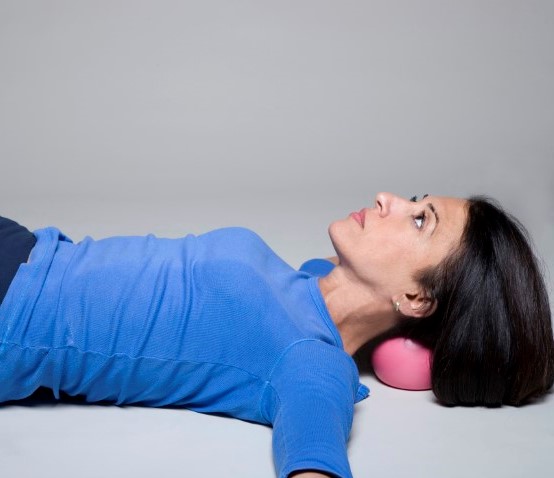And why doing more might not be the answer.
Remember the Tin Man in The Wizard of Oz?
He needed oil to move. Without it, he locked up—stuck and stiff.
For us, that “oil” is breathing.
Breath circulates through the body and allows muscles to release, move, and function. But breathing isn’t just about taking in air—it’s deeply connected to our emotions, posture, and habitual tension. When it’s restricted, everything else suffers—especially the shoulders.
Why Shoulders Get Stuck
We each carry a personal history of movement patterns, old injuries, misalignments, and stress. Like the Tin Man, we can become locked in positions we don’t even realize we’re holding.
This often shows up in the diaphragm, a muscle at the base of the rib cage that plays a central role in effective breathing.
When the diaphragm is tight or weak, other muscles—especially those around the shoulders—compensate. Many people unknowingly rely on these upper body muscles just to breathe. This is often referred to as shoulder breathing. Over time, this constant strain creates imbalance and pain.
Try This Right Now
Place your hands around your waist.
Just above your hands is the base of your rib cage. The rib cage covers a large area of your torso—and yet, most people don’t move this area when they breathe.
This area is central to movement and breath. Consider:
- The shoulder girdle
- The collarbones and sternum
- The muscles around the shoulder blades and armpits
All of these parts must work together, with elasticity, for your shoulders to move freely.
Why Typical Shoulder Exercises Don’t Help
Shoulder rolls or stretches often miss the mark. If your rib cage and diaphragm aren’t involved, those movements may feel ineffective—or even make things worse.
Muscles don’t work in isolation.
They function as part of a system—like an elastic web throughout your body.
When the rib cage is restricted, the shoulders are forced to overwork. That’s when pain begins.
The Missing Piece: Observation
Here’s a truth many high-performing movers miss:
Effort is not the same as effectiveness.
You can stretch, strengthen, and mobilize your shoulders every day and still feel stuck—if you’re not paying attention to how the rest of your body supports them.
That’s where the Miracle Ball Method comes in.
It helps you tune in to the feedback your body is giving you—showing you not just what’s wrong, but what direction to go in.
A Gentle Way to Start
Lie down.
Make a right angle with your arm and place a Miracle Ball under your elbow joint.
Don’t “do” anything—just feel your weight and notice your breath.
When we’re tight and holding our breath, we don’t initially feel the weight. You may need to cue yourself—use the ball to feel where your weight is. Try making a gentle ssss sound to activate your breath.
Your body will give you feedback.
Go on and off the ball a few times and sense any change in the weight of the side you began with.
That’s it.
This simple act creates space for the rib cage to lift, the shoulders to release, and the nervous system to reset.
Over time, you’ll notice subtle, powerful changes in how you breathe, how you stand, and how your shoulders move.
You Don’t Have to Push Harder
You just have to understand what feedback is.
Your body has options—but it can’t help you if you’re overriding your nervous system.
Your body has an infrastructure. When you work with it—starting with gravity, breath, and awareness—you get results that last.
Whether you’re extremely fit or not, your body benefits from a tune-up, just like any instrument.
You might be surprised how far you can go with what I call your Body Dialogue.
Come to the Next Free Webinar on June 14th. Sign up here for more on Why Your Shoulder Hurts.


